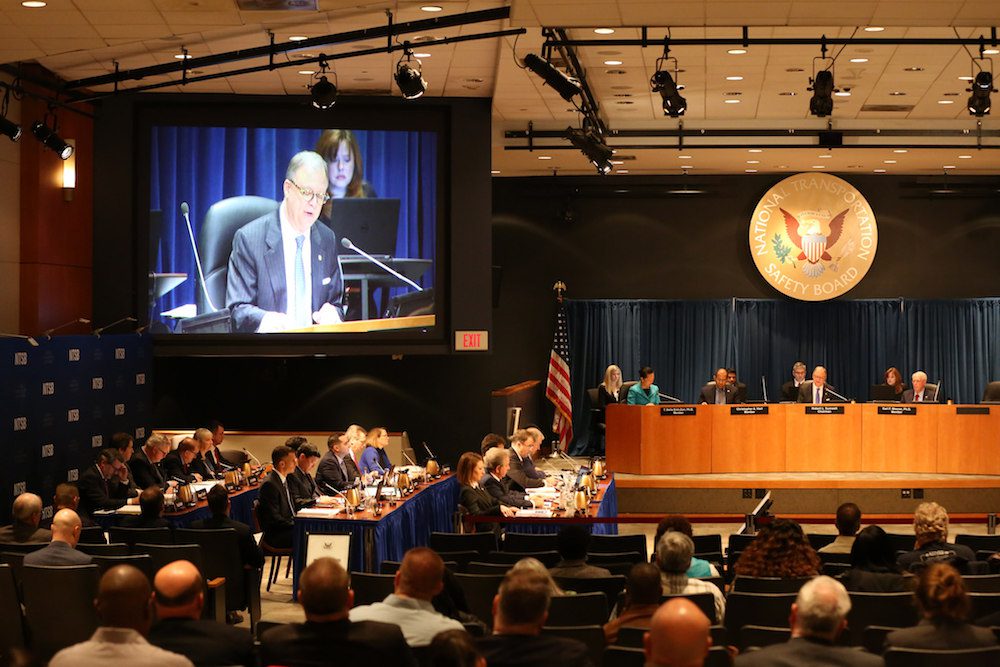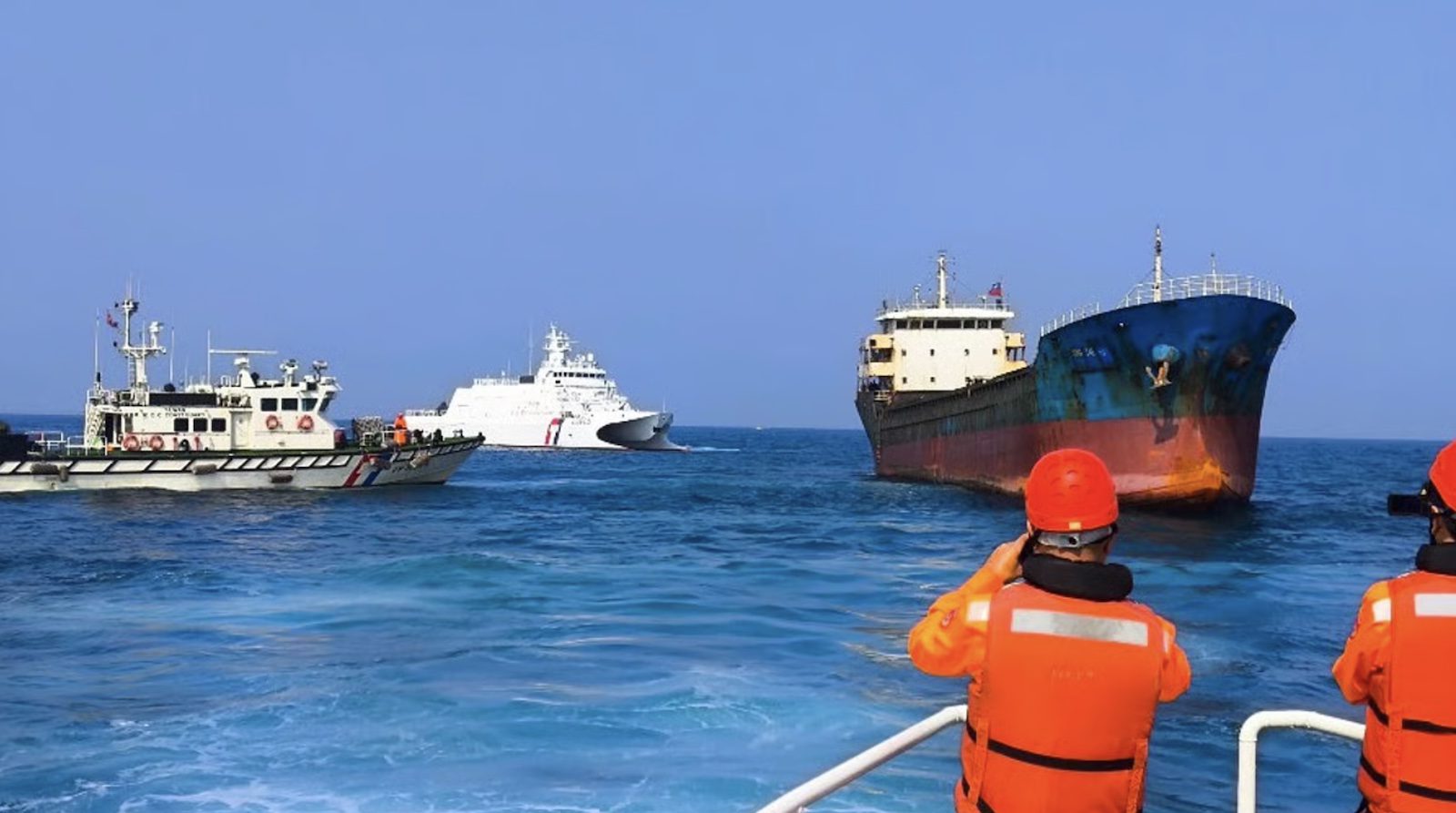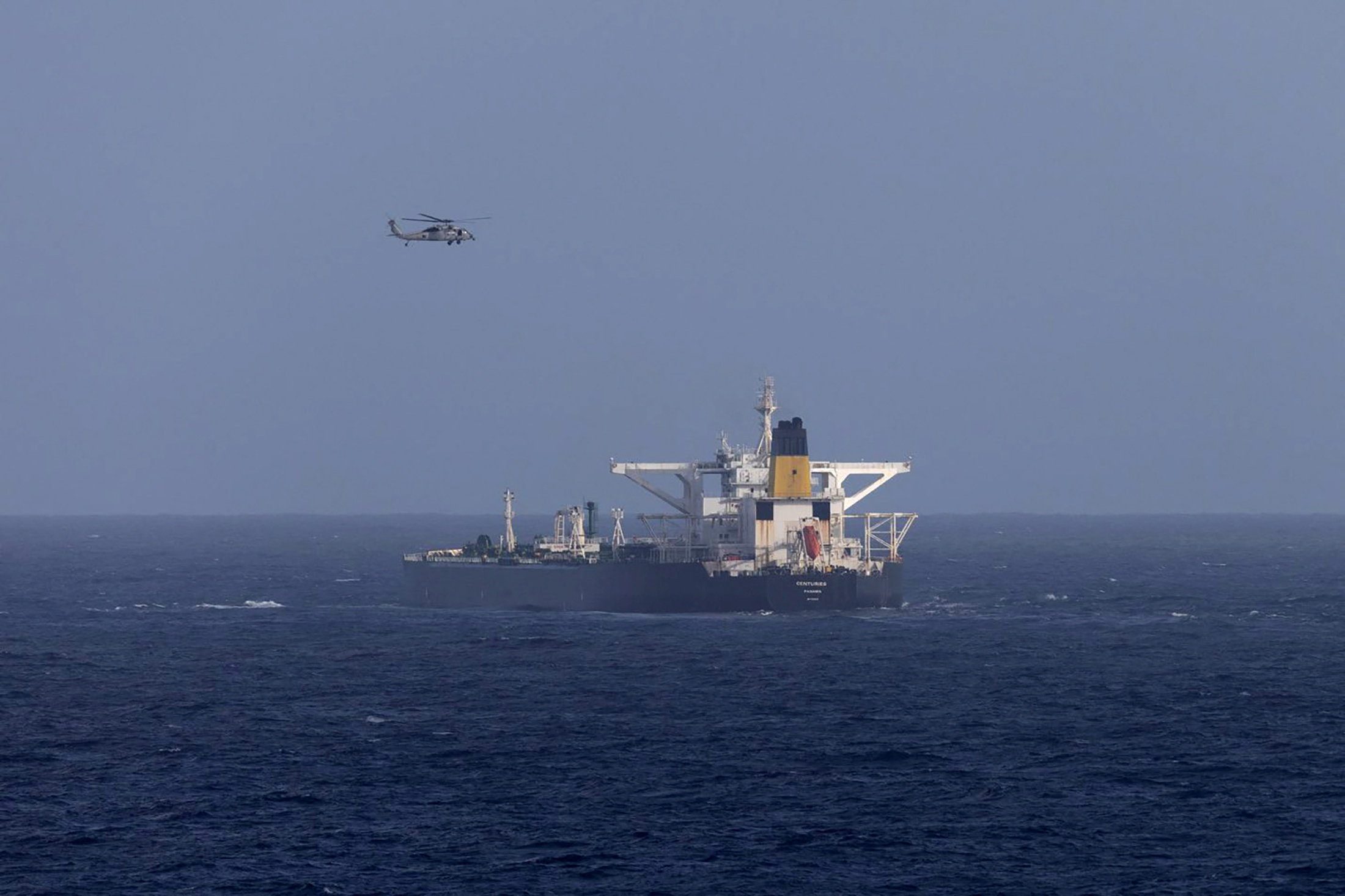NTSB Chairman Robert L. Sumwalt opens board meeting to determine probable cause of the sinking of El Faro. Photo: NTSB photo by Leah Walton
The National Transportation Safety Board met today in Washington to determine the probable cause of the October 2015 sinking of the cargo ship El Faro in the Atlantic Ocean.
The 790-foot vessel set sail from Jacksonville, Florida, on a voyage to San Juan, Puerto Rico, Sept. 29, 2015, and sank about 34 hours later near the eye of Hurricane Joaquin. All 33 crewmembers aboard the ship perished in the accident.
As soon as the sinking was confirmed, the NTSB launched an investigation that has now amassed 30,500 hours of investigative work, and produced more than 70 finding and more than 50 proposed recommendations, which are being presenting to the Board during today’s meeting.
Good morning and welcome to the Boardroom of the National Transportation Safety Board.
I am Robert Sumwalt, and I’m honored to serve as the Chairman of the NTSB. Joining me today are my colleagues on the Board, Member Christopher Hart, Member Earl Weener, and Member Bella Dinh-Zarr.
Today, we meet in open session, as required by the Government in the Sunshine Act, to consider the Sinking of the Cargo Ship El Faro in the Atlantic Ocean, Northeast of Acklins and Crooked Island, Bahamas, on October 1, 2015. The ship sank during Hurricane Joaquin, taking the lives of all 33 crew members.
My colleagues and I would like to offer our sincerest condolences to the families and friends of the El Faro’s crew. Please understand that our sole purpose is to learn from what happened to prevent it from happening again.
Let me say from the outset that this investigation involved a herculean effort. Locating the wreckage on the seabed at a depth of more than 15,000 feet, and then recovering the voyage data recorder is a story unto itself. In a few minutes, Mr. Curtis will recognize the contributions of the several organizations involved in that effort. It was only because of those efforts that investigators could go deep enough to bring the facts of the sinking into the light of day.
This draft report is more than 400 double-spaced pages, which makes it the longest report I’ve seen in my 11 years at the Board – and the investigative staff made every word count. The report clearly captures a detailed series of events in very readable language, which I, for one, appreciated.
This report will be studied by mariners young and old for many years, and I’m confident that this tragedy at sea, and the lessons from this investigation, will help improve safety for future generations of mariners.
The El Faro didn’t have to sail into Hurricane Joaquin, and having met the hurricane, didn’t have to sink. The captain’s decisions were important, but there’s also more to this accident.
As the El Faro departed Jacksonville, bound for San Juan, Puerto Rico, then-Tropical Storm Joaquin was strengthening hundreds of miles to the east.
The next day, the captain and chief mate made two minor course corrections to the south of their initial course. But Joaquin tracked to the south as well, as it continued to intensify. The captain did not divert to safer routes.
After his watch, the captain did not authorize further course changes to avoid the Hurricane, despite three calls to his quarters indicating that the El Faro was headed into the storm.
He relied on weather information provided through commercial software called the Bon Voyage System. Today we’ll discuss how outdated that information was.
We’ll talk about other sources of weather information, the input of other crew members, the captain’s light regard for their suggestions, and how crew members mitigated their speech when expressing their concerns.
But the vessel’s course was not the only issue. The El Faro might have survived the weather if its watertight integrity were maintained. Today we’ll discuss how the water got in.
In addition, we’ll discuss events and decisions that made matters worse even after the ship began to take on water.
And, we’ll discuss the oversight roles of TOTE, which operated the vessel, and of the U.S. Coast Guard, which regulates marine transportation.
This captain might not have been set up to fail, but improvements to marine safety can give future mariners every opportunity to succeed.
One marine tragedy can point to many improvements. After the RMS Titanic sank, the world responded with the International Convention for the Safety of Life at Sea, or SOLAS, which has saved countless lives.
We have learned many lessons from the sinking of the El Faro. In fact, staff has developed 80 draft findings and 53 draft recommendations.
This morning staff will present an opening statement and overviews of the accident and the investigation and they will show an animation of the accident voyage. Following that, there will be four technical presentations by NTSB’s investigative staff where they will summarize the draft recommendations. At the end of each technical presentations staff will read draft findings. Before we break for lunch, Board Members will ask questions about the material covered in the morning presentations.
After lunch, we will have four technical presentations. As with the morning session, the Board Members will pose questions to the staff following the afternoon presentations.
Then at the end of the day, as the Board deliberates, all 80 findings and 53 recommendations will not be read aloud. We’ll read them only if we’re proposing changes.
As always, shortly after this meeting, we will issue an abstract, listing the complete findings, probable cause, and recommendations as adopted.
Now Managing Director Dennis Jones, if you would kindly introduce the staff.

 Join The Club
Join The Club











